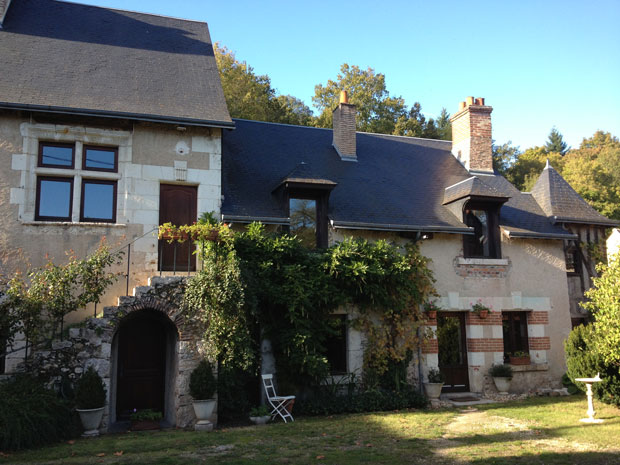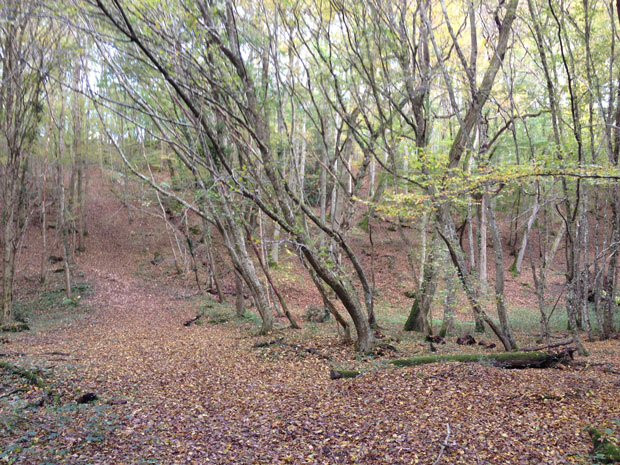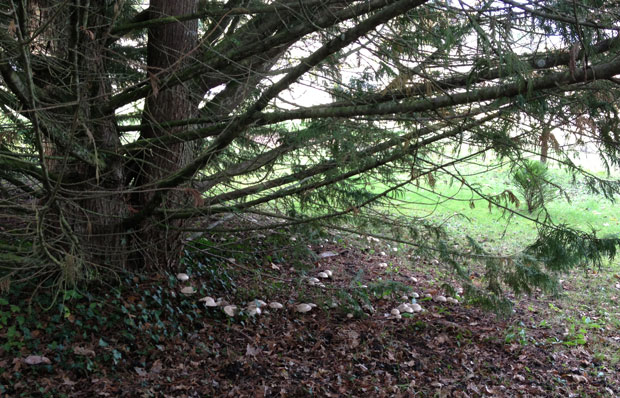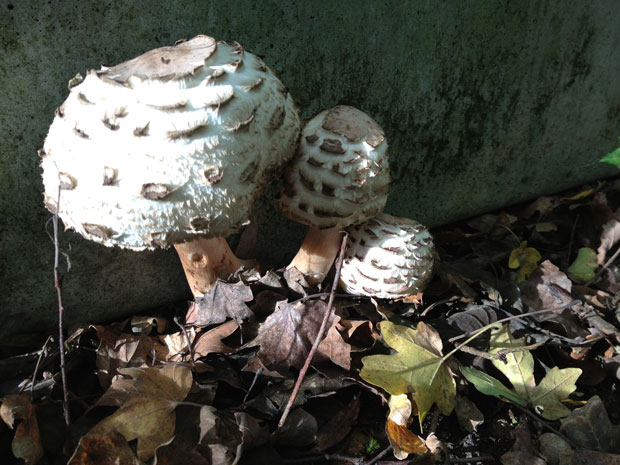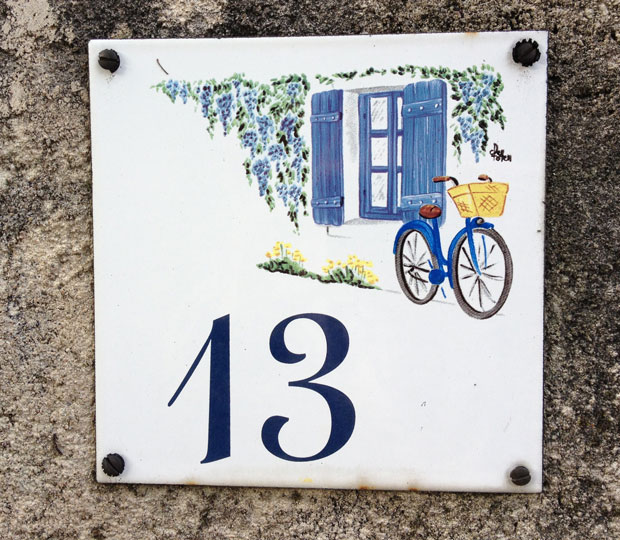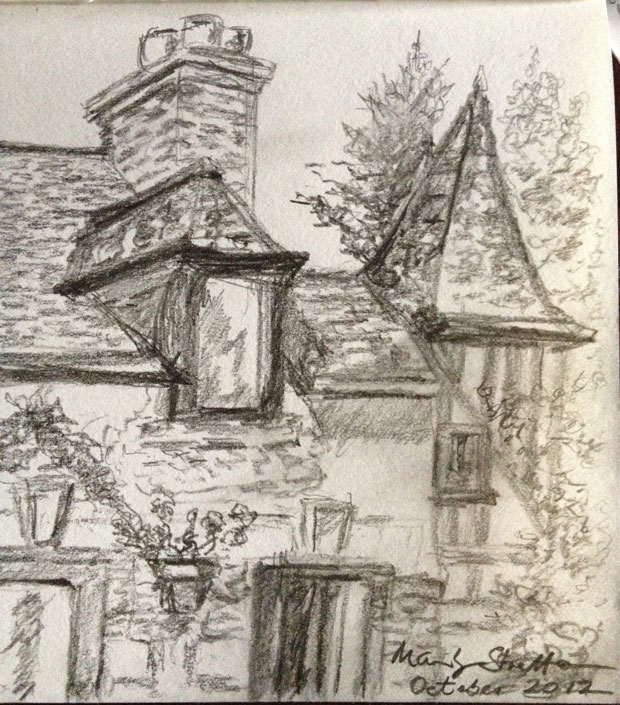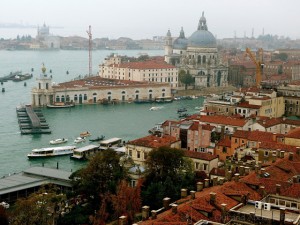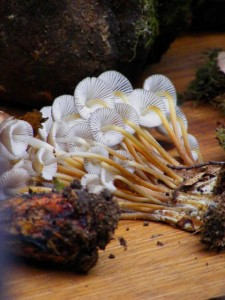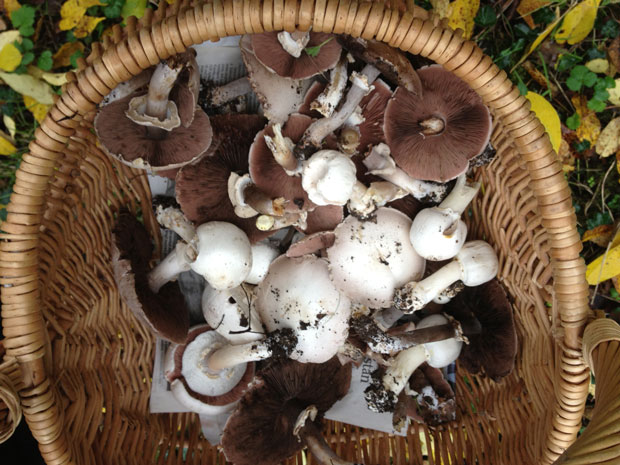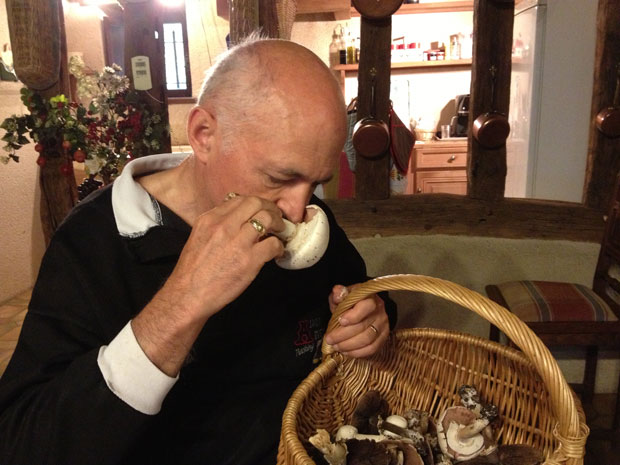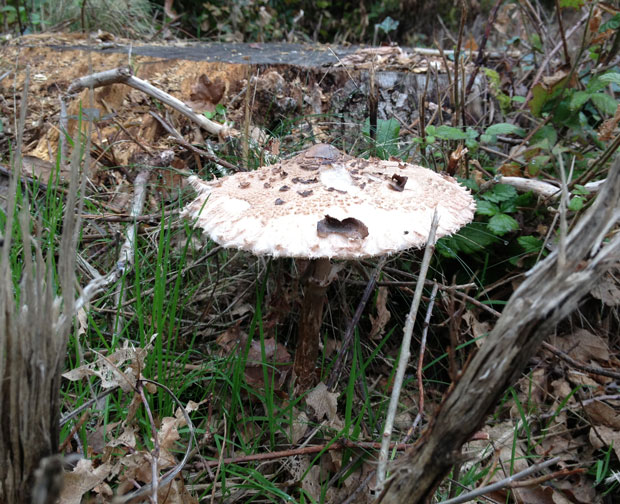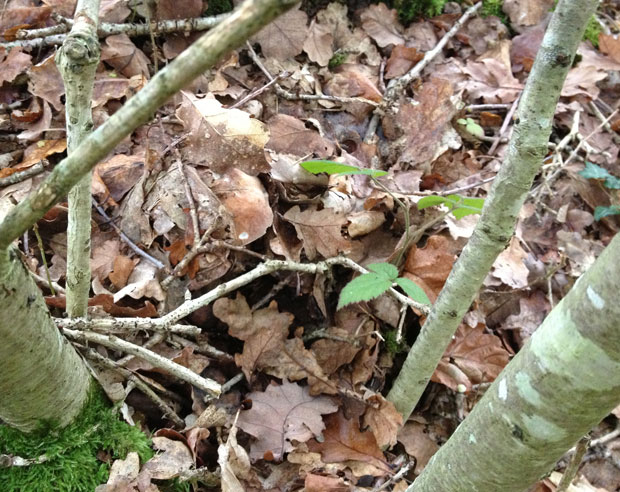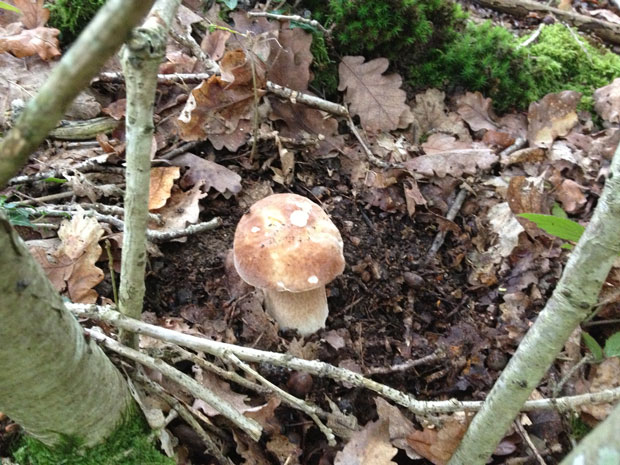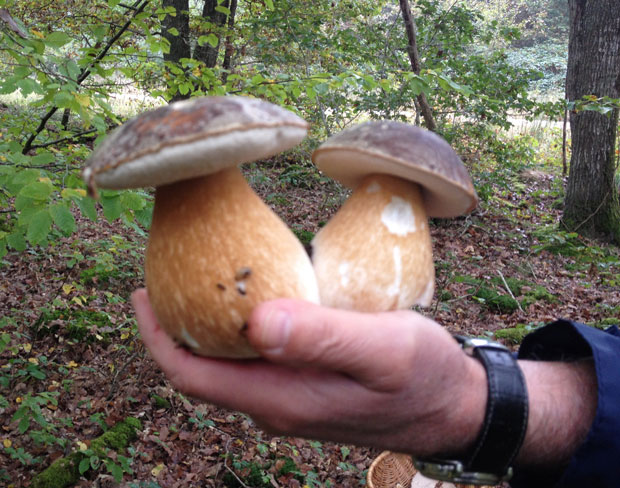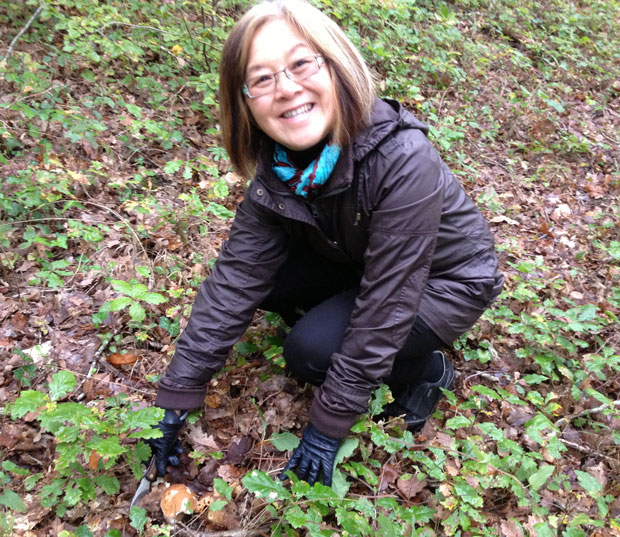Every time we move onto a different section of the Danube, we tell ourselves that it can’t be better than the last one, yet we are never disappointed. After leaving the Austrian S-bend yesterday, we moved to a little village near Kelheim in Bavaria with the unpronounceable name of Niederleierndorf where we are renting an appartment for 5 days.
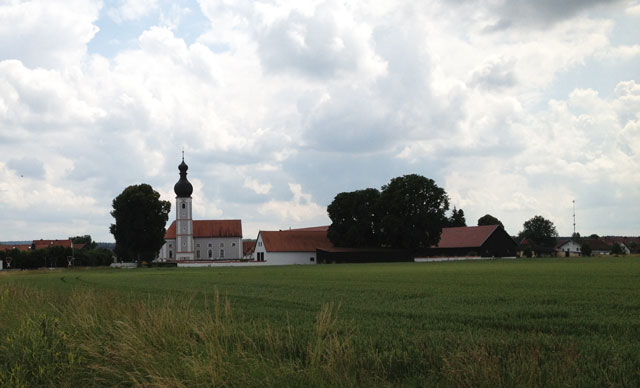
It’s not as conveniently located as our other accommodation has been, but it is quiet and comfortable (if you exclude the impossible down pillows and creaky floor) and at least I’ve been able to do my washing again!
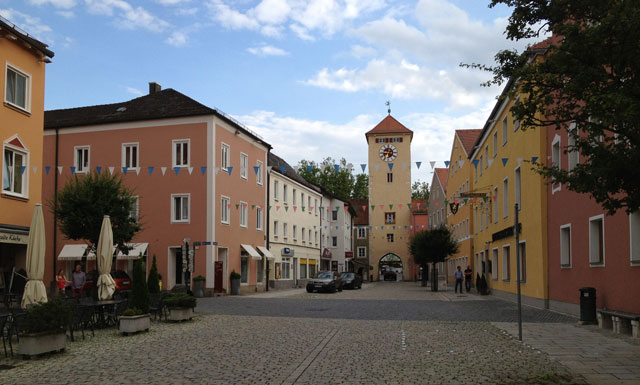
We’ve been to Bavaria and Kelheim before – we can’t remember exactly when but we think it was in 1998 or 1999. In any case it was before we started our travel journal or had a digital camera which means that we don’t remember a lot of the places we have already been.
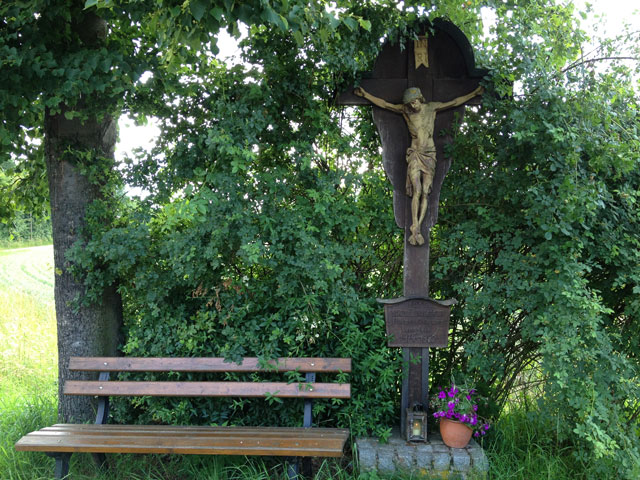
After unpacking the car and doing some shopping, we drove a half an hour to the Danube and cycled 15 kilometers upstream Kelheim, having a few problems finding our way as we got closer to the town. We’ve discovered that the Eurovelo 6 bike route isn’t nearly as well indicated here as it is in Austria and at the source of the Danube. We made a wrong turn and I misinterpreted what Jean Michel said and we both went off in opposite directions. Good thing we had our mobile phones.
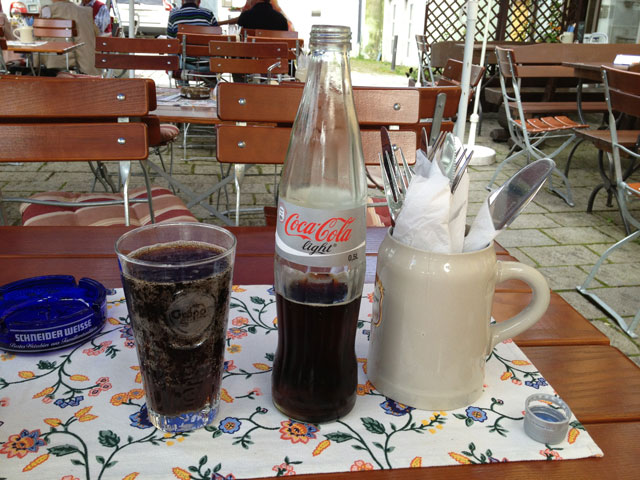
I had absolutely no recognition of Kelheim and its four town gates. Otherwise there isn’t much to see. We had a giant diet coke at a riverside gasthof (all drinks are served in large quantities here: 50 cl for beer and coke, 20 cl for wine) and cycled back to the car.

Today, we drove to another town on the Danube, Neustadt an der Donau, to begin our cycling itinerary, this time downstream to the famous Weltenburg Abbey, founded by Irish or Scottish monks in about 620, and held to be the oldest monastery in Bavaria but nowadays more famous for its beer. We took the cycle path along the Danube which was mostly gravel and not very comfortable.
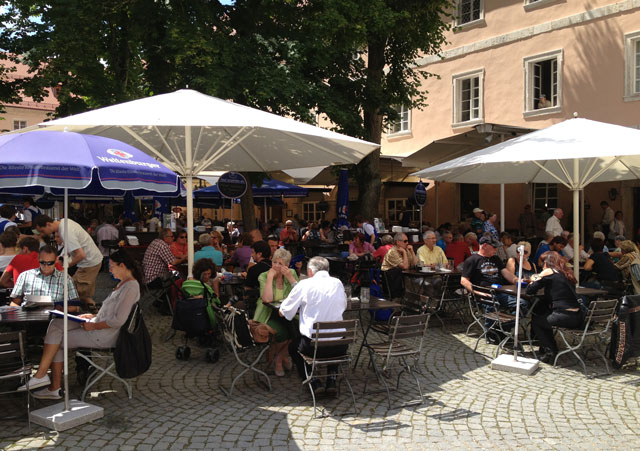
We did remember the Abbey from last time even though we’re not beer drinkers. It’s a very festive place with a big biergarten and much activity on the river. Last time we saw a sort of floating party boat with everyone singing and drinking beer.
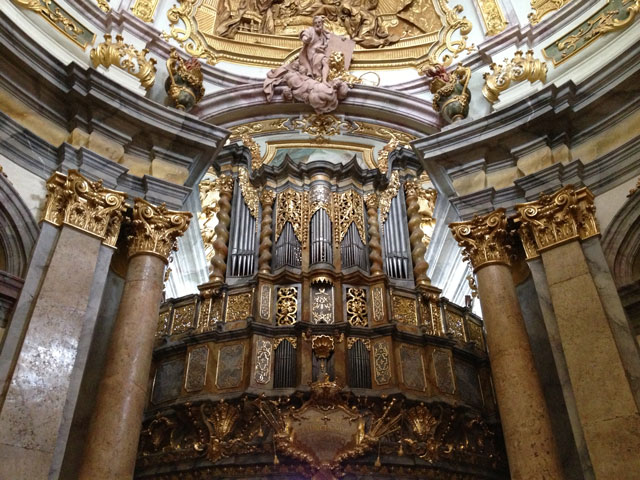
We visited the abbey church with its many angels and cherubs and its ever-present gold, marble and stucco.
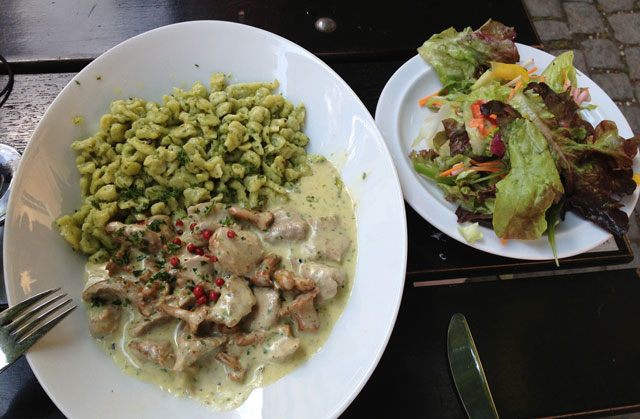
We had lunch in the beer garden, sharing a long table with a group of Bavarians, and selected two dishes from the menu, all in German, hoping for the best. Mine, which I had identified as having chanterelle mushrooms (Pfifferling), veal (kalb) and potato noodles (knodels), was excellent, but Jean Michel’s suckling pig turned out to be vol-au-vent and not nearly as good (I have a German dictionary app on my iPhone but it doesn’t run to such complicated vocabulary). We shared, which was a good thing because we had pratically finished my dish before his even arrived!
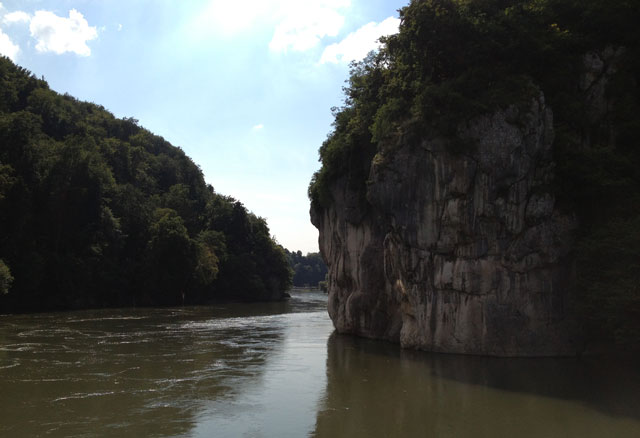
We then took a 20-minute boat ride down the river to Kelheim, through the narrowest and deepest part of the Danube. River traffic is regulated and the engine makes very little noise. You feel as though you are gliding along the river.
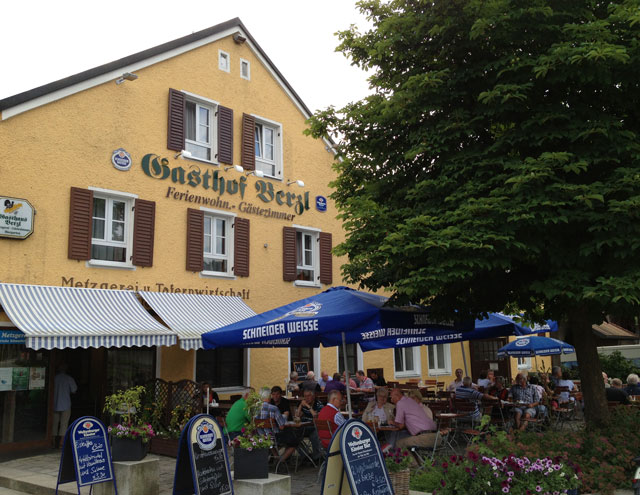
After coffee at our riverside gasthhof in Kelheim we tried to find a wooden boat to take us back to the Abbey as the cycle path is not able to follow the river so you have to ride up a lot of steep, uninteresting hills on a busy road.

No wooden boats were in sight however so we gave up and took the same boat back (well, a larger, more luxurious one). This time it took 40 minutes – we were going against the current – and we had more time to appreciate our surroundings. Jean Michel spied some cyclists on a path along the river bank and was starting to get upset that we might have missed out on something, but the path which in fact was an old tow path, petered out when it got to a large rock at the beginning of the gorge.
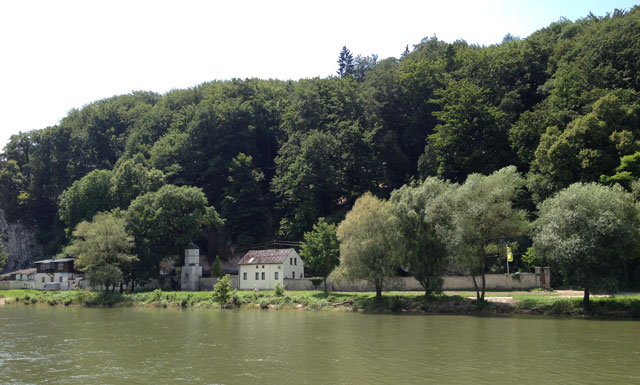
Before engines were invented, horses on the tow paths used to pull the boats upstream. A rope bundled up in hay so it would float was attached to horses waiting on the other side of the rock, thrown into the river and floated downstream to the boats so they could be pulled around the rock. Now isn’t that clever?
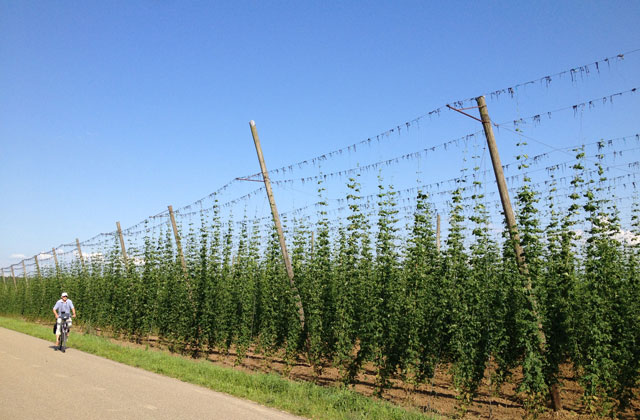
To avoid the gravel road again, we chose another bike route back to the car but due to the deficient signposting and despite two different cycling maps we took a few wrong turnings through the never-ending hop fields. We got back to the car just in time to buy some more speisequark at the supermarket. Now I bet you don’t know what that is!




